Swimmer’s Itch: What It Is, Symptoms and Treatment
Key takeaways
- Swimmer’s itch is an allergic skin reaction caused when tiny parasite larvae released by snails burrow into the skin and die, triggering itchy red bumps or blisters
- Symptoms like burning, tingling or pimples usually appear within about 12 hours and generally resolve themselves within five to ten days without medical treatment
- Over‑the‑counter (OTC) corticosteroid creams, antihistamines, baking‑soda paste, oatmeal or Epsom salt baths and cool compresses can help provide relief from swimmer's itch
If you’ve ended up with a red, bumpy rash after spending time in a lake or the ocean, you might be dealing with swimmer’s itch. Swimmer’s itch is a common but uncomfortable rash caused by tiny parasites in the water. While it’s not dangerous, the itching can be intense and uncomfortable.
Read on to learn more about swimmer’s itch, what it’s caused by, common signs you may have it and how you can find relief from its uncomfortable symptoms.
What is swimmer’s itch?
Swimmer's itch, also known as cercarial dermatitis, is a rash caused by an allergic reaction to tiny parasites that are often found in bodies of fresh and saltwater. When these parasites dig or burrow into human skin, they can cause an inflammatory reaction in the skin. This inflammatory reaction typically first manifests as a tingling, itching or burning sensation on the skin. Within 2 to 12 hours, a skin rash tends to emerge.
Typically, the skin rash caused by swimmer’s itch looks like a cluster of red pimples or inflamed bumps. In some cases, those itchy bumps can turn into small blisters, which can cause additional discomfort. Since swimmer’s itch is an allergic reaction, it is not contagious and will not spread from person to person.
What causes swimmer's itch
Swimmer’s itch is caused by microscopic parasite larvae called cercariae that are released from infected aquatic snails into lake water, ponds and oceans. These larvae usually swim around trying to infect waterfowl (such as ducks, swans, geese and gulls) or mammals (like raccoons and muskrats). However, they sometimes mistakenly burrow into humans’ skin as well.
Since humans aren’t suitable hosts for these small larvae, the larvae usually die within a few hours. This results in an allergic reaction - typically in the form of a rash - known as swimmer’s itch.
Who can get swimmer’s itch?
Anyone who swims in parasite-infested bodies of water can get swimmer’s itch. It is a common condition that affects people all over the world. Cases of swimmer’s itch tend to be higher during the summer months since more people tend to swim or hang out in open bodies of water during that time.
People who frequently enjoy open-water activities in lakes, ponds or the ocean may be at a higher risk of getting swimmer’s itch. Since children tend to play and wade in shallow waters — which is where the infected snails tend to live — they may also be more at risk.
Common symptoms of swimmer's itch
Swimmer’s itch is most known for showing up as an itchy rash. However, there are a few additional symptoms that may appear before and after the rash fully develops.
Signs and symptoms of swimmer’s itch can include:
- An itching, burning or tingling sensation on your skin
- An uncomfortable skin rash that looks like a cluster or small red bumps or pimples
- Small blisters
How do you know if you have swimmer's itch?
You may have swimmer’s itch if you recently swam in an open body of freshwater or the ocean and are developing (or have developed) an itchy rash. Typically, a swimmer’s itch rash will start to appear within twelve hours of swimming in contaminated water.
A healthcare provider can provide you with an accurate diagnosis and create a treatment plan to help ease your symptoms, when necessary.
Treatment options and home remedies
Most cases of swimmer’s itch don’t require medical attention and will go away on their own. However, there are a few different treatment options and home remedies that can help soothe the uncomfortable symptoms of swimmer’s itch.
Treatment options and home remedies to find relief from swimmer’s itch can include:
- Over-the-counter (OTC) corticosteroid creams or anti-itch lotions that have calamine
- A cool compress
- Apply a baking soda paste over the affected area.
- OTC allergy medications like antihistamines, some of which have diphenhydramine as well
- Warm colloidal oatmeal baths or Epsom salt baths
How long does swimmer's itch typically last?
Swimmer’s itch typically lasts between five to ten days. However, if you are re-exposed to a contaminated body of water, your swimmer’s itch rash may last longer. Your symptoms may worsen if you continue to swim, play or wade in infested waters after you’ve already developed a swimmer’s itch rash.
Preventing swimmer's itch
There are a few precautions you can take to prevent swimmer’s itch. For instance, avoid swimming, wading or playing in shallow waters or near the shorelines, since that’s typically where infected snails live. Additionally, showering shortly after spending time in open water can help prevent swimmer’s itch or your symptoms from escalating.
When to see a doctor about swimmer's itch
In some cases, swimmer’s itch rashes can become infected. Scratching or popping small blisters with your hands may increase your chances of developing a bacterial infection.
If your symptoms worsen after five days or you think you may have a skin infection, it may be time to seek medical attention. If the skin develops honey-colored crusting, medical care is also recommended, as this could be impetigo. Impetigo is a highly contagious bacterial infection.
Additionally, if you’re experiencing moderate-to-severe itchiness or discomfort, your healthcare provider may suggest a prescription-strength anti-itch cream or ointment.
How Sesame can help
If you think you may have swimmer’s itch and are seeking medical advice or a treatment plan, open Sesame! Sesame’s marketplace connects you with thousands of licensed healthcare providers who can assess your symptoms and prescribe antibiotic medication or another treatment if appropriate.
Simply book an affordable online doctor visit today to talk to a top-rated doctor.
Related posts
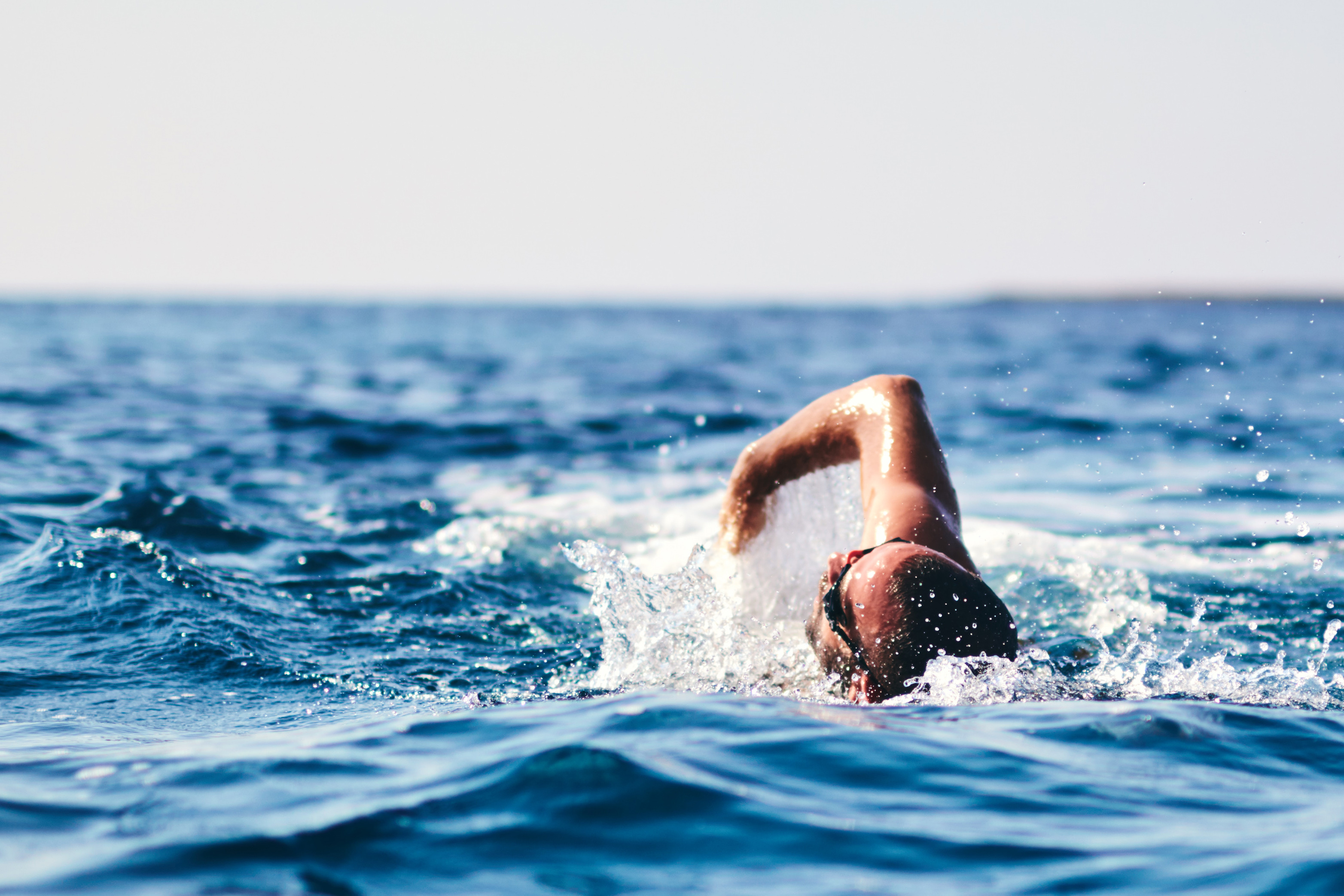
Sea lice can put a damper on even the sunniest summer day. Read on to learn how to identify, treat, and prevent sea lice bites so you can enjoy your beach days without any unwelcome surprises.
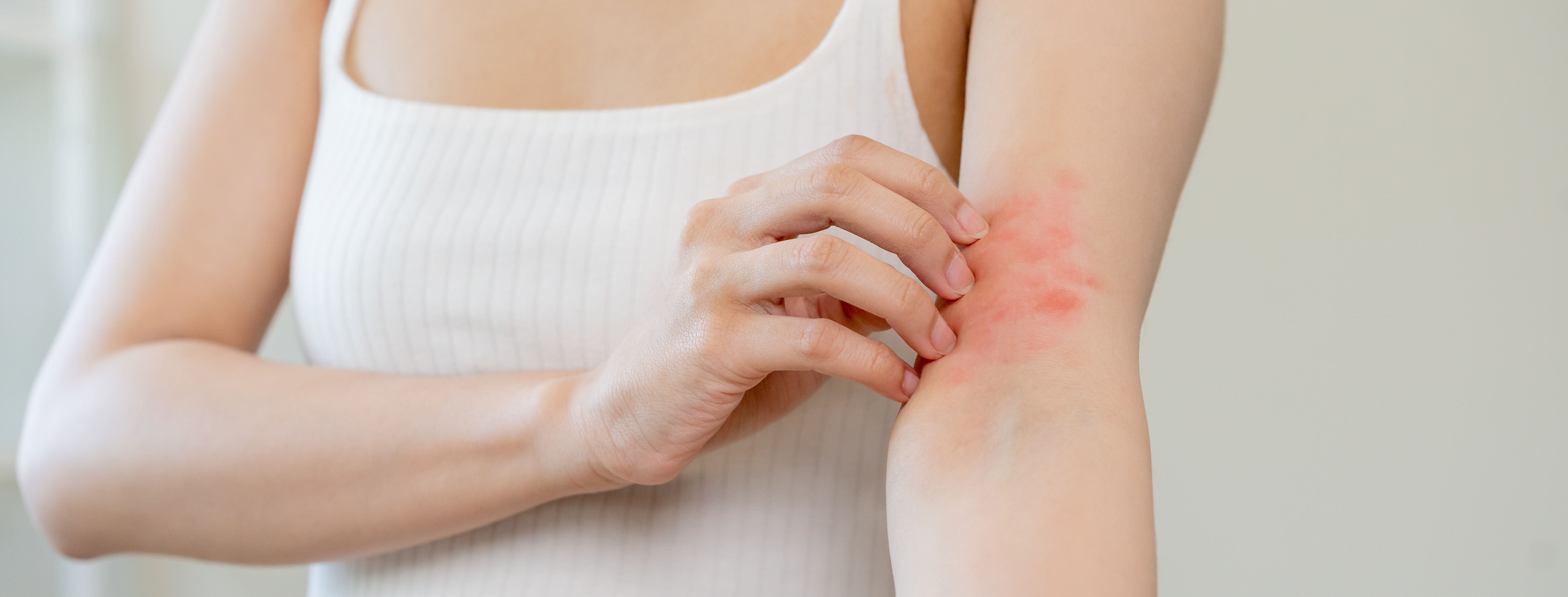
As we gear up for another scorching summer, it's important to be aware of heat rash and how you can prevent and treat this common condition.
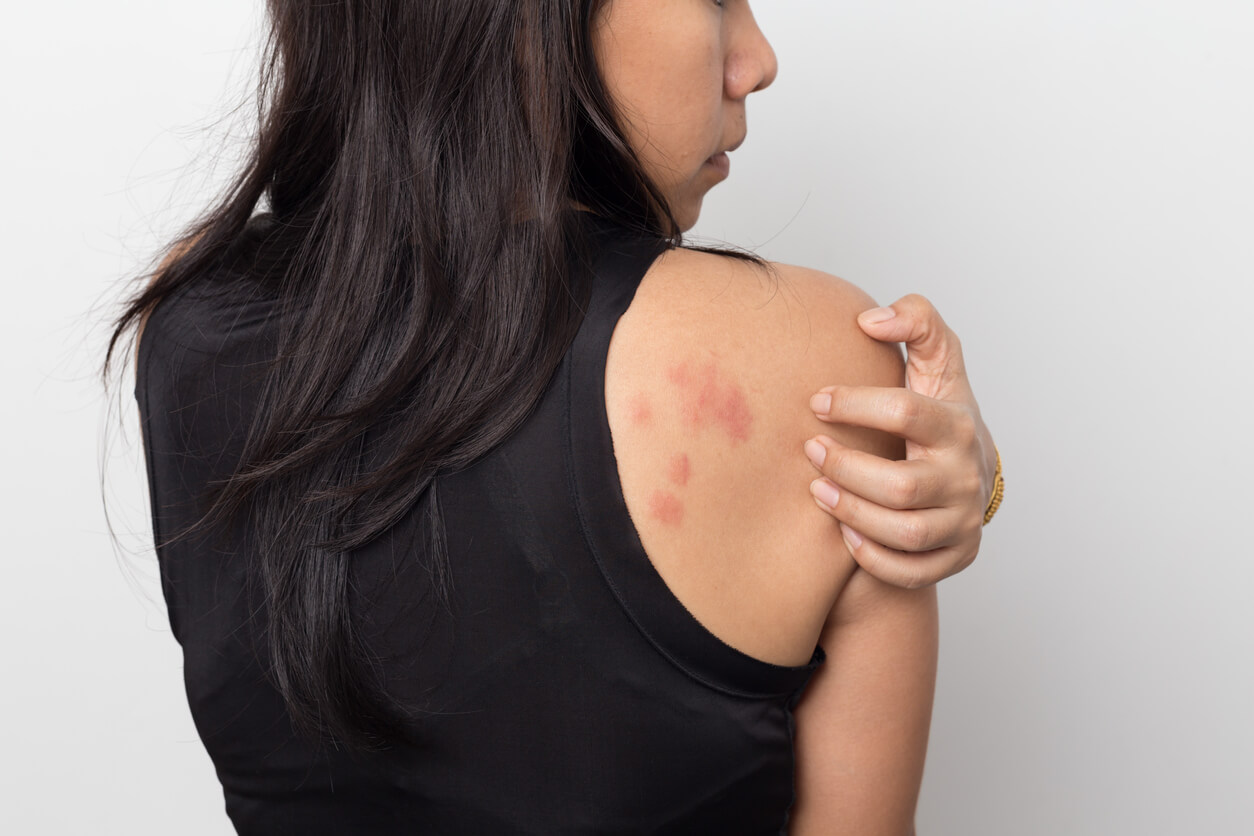
Skin rashes caused by stress are sometimes known as “stress hives”. Read on to learn everything you need to know about this uncomfortable skin condition.
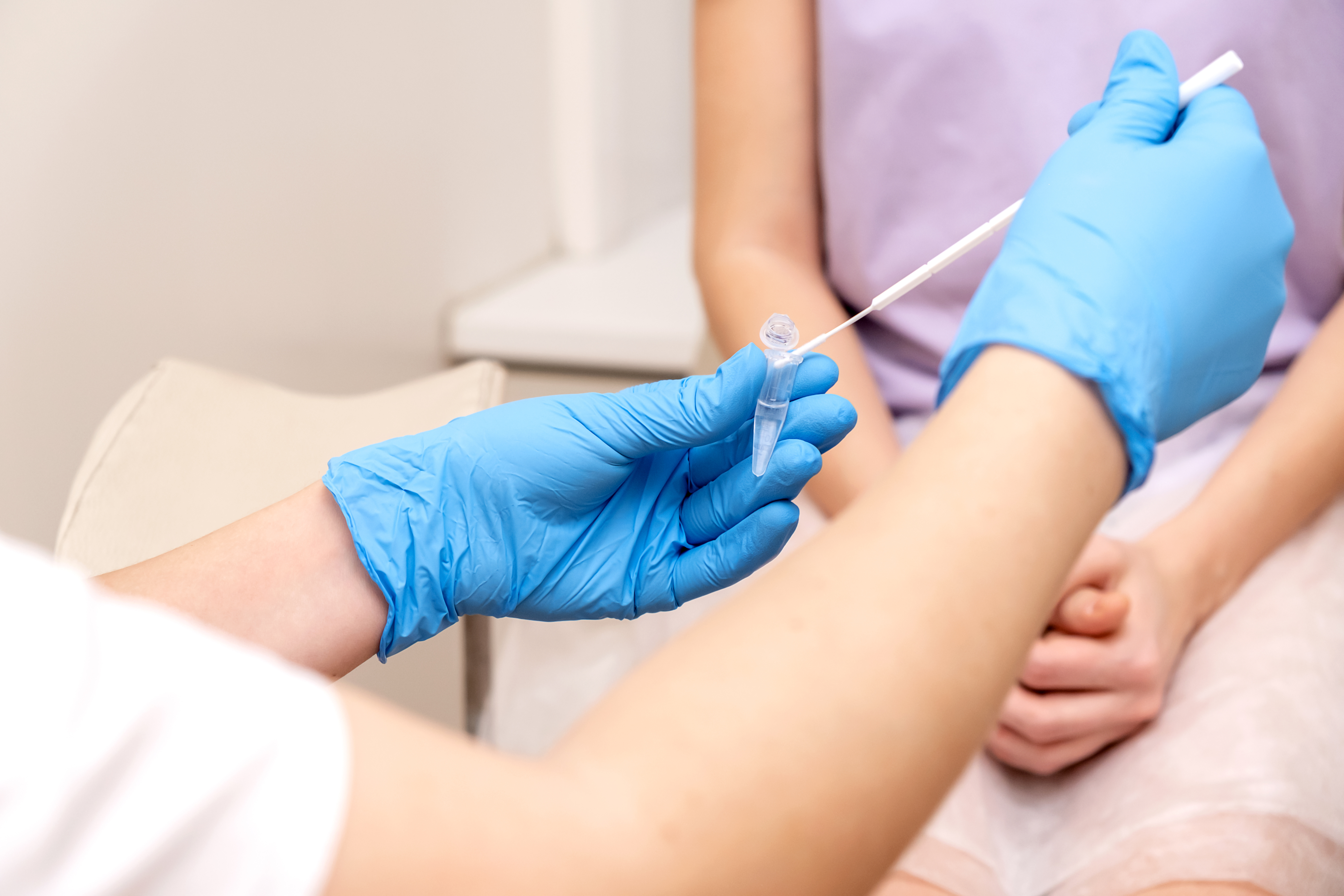
Herpes is one of the most common sexually transmitted infections (STIs) in the world. It’s caused by a virus called the herpes simplex virus (HSV). Part of the reason why herpes is so common is that it’s often asymptomatic, and it's very contagious.

We want you and your family to get the most out of your summer activities. Whether heading to the beach, hiking, or tackling yard work, these simple safety tips can help you stay healthy and safe in high temperatures.
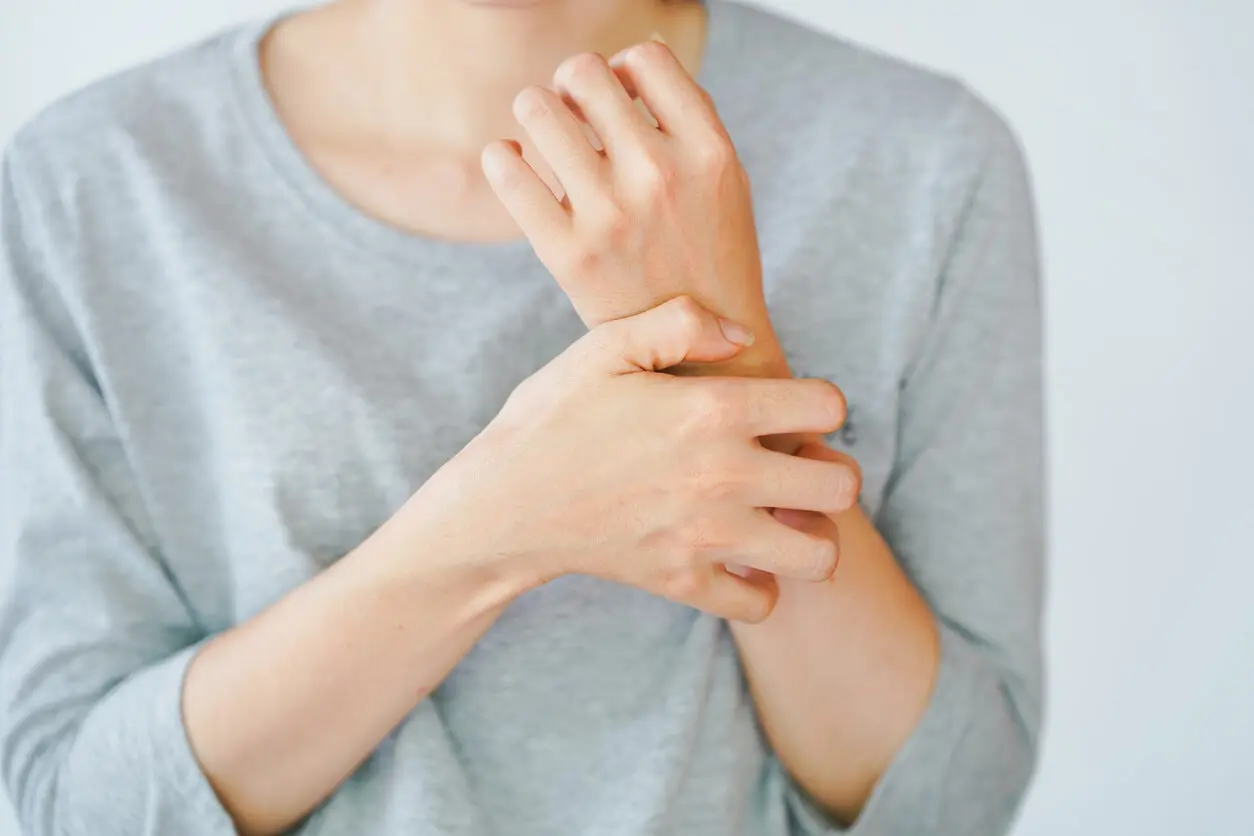
Ringworm is a fungal infection with a ring-shaped rash. This article will detail some of the best ringworm treatment options to get rid of a rash fast.

These travel health tips can help prepare you for common travel health issues like bug bites, sunburns and swimmer’s ear.
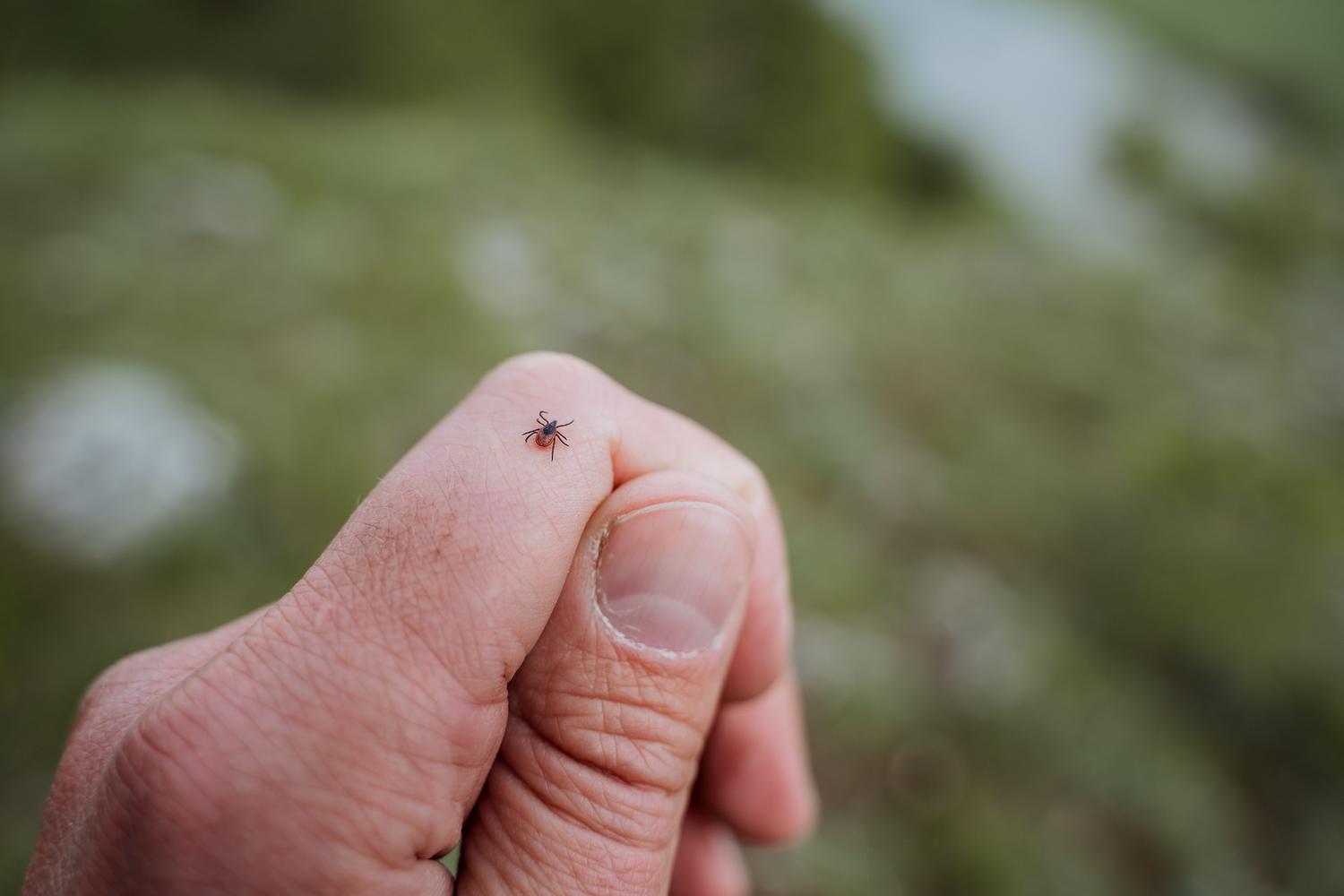
Concerned about a recent tick bite or experiencing symptoms of a tick-borne illness? Learn how to identify, treat, and prevent tick bites. Plus, learn common symptoms of tick-borne diseases, when to see a doctor, and how to safely remove ticks.

Sparkling water's popularity has raised questions about its impact on dental and digestive health. How much seltzer water is too much? Is it just as hydrating as tap water? And how does carbonated water affect your teeth and stomach?
